
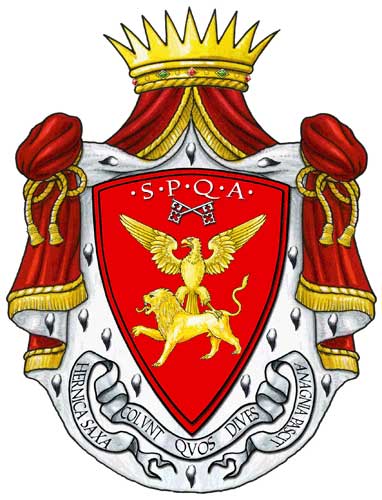
Anagni stretches along the ridge of a long hill overlooking the Valley of Latini (or Sacco Valley), at the foot of the Ernici mountains. Its profile is unique and can be recognized from a distance.
It has been famous since pre-Roman times for being a sacred city and the capital of the proud people of the Ernici, who were defeated by the Romans in 306 BC. The glory of Anagni is reported in the emblem with the phrase "HERNICA SAXA COLUMN QUOS DIVES ANAGNIA PASCIT" (the rich city of Anagni feeds those who live in the Ernici) taken from a verse of Virgil's Aeneid.
The sacred and political centre of Anagni is located in the pre-Roman acropolis, where today is the medieval cathedral, and the city was originally protected by a 'cyclopic' wall as many other towns of lower Lazio.
These walls were then reused and transformed in Roman times according to the technique of the "serviane" (reusable) walls (IV-III century BC).
The area of the walls called "Arcazzi" is very interesting, with three large round arches supported by pillars isolated from the walls, which are connected by a pseudo-vault.
It has been famous since pre-Roman times for being a sacred city and the capital of the proud people of the Ernici, who were defeated by the Romans in 306 BC. The glory of Anagni is reported in the emblem with the phrase "HERNICA SAXA COLUMN QUOS DIVES ANAGNIA PASCIT" (the rich city of Anagni feeds those who live in the Ernici) taken from a verse of Virgil's Aeneid.
The sacred and political centre of Anagni is located in the pre-Roman acropolis, where today is the medieval cathedral, and the city was originally protected by a 'cyclopic' wall as many other towns of lower Lazio.
These walls were then reused and transformed in Roman times according to the technique of the "serviane" (reusable) walls (IV-III century BC).
The area of the walls called "Arcazzi" is very interesting, with three large round arches supported by pillars isolated from the walls, which are connected by a pseudo-vault.
Read more
Anagni has a sacred character also for the Romans and was described as such by the emperor Marcus Aurelius. In the lower part of the plain there are many Roman remains along the via Latina (today via Casilina) that connected Rome with Naples.
The ancient 'Anagnia' was the summer residence of the emperors Marcus Aurelius, Comodo, Lucio Settimo and Caracalla, who conferred on it the title of City.
With the Barbarian invasions the inhabitants left the parts in the plains and took refuge inside the walls around the church on the acropolis and the historic city began its new medieval life.
It seems that following the abandonment of the small town of Vico Moricino, where today there are paleo Christian catacombs, the inhabitants fled to the nearby hills and founded Acuto.
The true splendor of Anagni arrived shortly after the year one thousand and has its expression in the construction of the great cathedral that dates back to 1074. Anagni was the centre of the international political life of the Middle Ages and of the life of the papacy, above all thanks to the Caetani family.
It gave birth to four great pontiffs: Innocent III, Gregory IX, Alexander IV and Boniface VIII and was also an official residence of the Popes. Here the pontiffs found a prestigious safe haven and for this it is called the "City of the Popes".
In 1160, during the fights between Pope Alexander III and Frederick Barbarossa, the Pope called a meeting of cardinals and prelates to excommunicate the emperor, the anti-pope Victor IV and his supporters.
But the most famous episode is that of the 'Schiaffo di Anagni' (slap of Anagni) received by Pope Bonifacio VIII in 1303 from Giacomo Sciarra Colonna during the fight against the French of King Philip IV 'il Bello'. Shortly after the death of Boniface VIII, the papal seat was moved to Avignon and a period of decline began for Anagni, that was exacerbated due to a plague and looting by Ventura mercenary troops.
The city is dominated by the imposing medieval cathedral, which dates back to 1074, with a strong facade and the three apses. The interior, with three naves, has a mosaic floor made by the Master Cosma and his children.
From the side aisles, you descend into the beautiful crypt of San Magno, with cycles of frescoes by Benedictine masters documenting the transition from the Byzantine to the Romanesque painting technique.
During the war between Pope Paul IV and Philip II of Spain, Anagni was converted to a fortified city and had to house the papal army and defend Rome from attacks from the south. But in 1556 it suffered "sacking" at the hands of the Duke of Alba, the viceroy of Naples. The Duke bombarded Anagni, occupied it and for ten months looted and destroyed the main buildings until the signing of the peace treaty that took place in Cave.
In 1572, Anagni was chosen as a residence by Cardinal Benedetto Lomellino and with him began an economic recovery. In the 17th and 18th centuries, Anagni was enriched with new noble palaces and the medieval churches were restored according to the Baroque style.
In the 19th century the French declared Anagni the departmental capital and after the unification of Italy the construction of schools and public buildings underlined this role.
Also, in the nineteenth century Anagni became a 'capital' of knowledge thanks to the construction of important colleges and study centres such as the college "Regina Margherita" of 1890, dedicated to the queen of Italy for the orphans of elementary teachers, and the imposing "Leoniano" of 1897, ordered by Pope Pecci Leo XIII for the teaching of priests.
Then, in 1930, the "Principe di Piemonte" boarding school was built for the sons of local government employees, which incorporates the magnificent church of San Pietro in Vineis.
Anagni houses the Study Center of Southern Lazio. Every year there is an important 'Festival of Medieval and Renaissance Theatre' in the symbolic places of the city. The Cathedral with its astounding Crypt is featured in all the books of art history and attract tourists from all over the world.
The ancient 'Anagnia' was the summer residence of the emperors Marcus Aurelius, Comodo, Lucio Settimo and Caracalla, who conferred on it the title of City.
With the Barbarian invasions the inhabitants left the parts in the plains and took refuge inside the walls around the church on the acropolis and the historic city began its new medieval life.
It seems that following the abandonment of the small town of Vico Moricino, where today there are paleo Christian catacombs, the inhabitants fled to the nearby hills and founded Acuto.
The true splendor of Anagni arrived shortly after the year one thousand and has its expression in the construction of the great cathedral that dates back to 1074. Anagni was the centre of the international political life of the Middle Ages and of the life of the papacy, above all thanks to the Caetani family.
It gave birth to four great pontiffs: Innocent III, Gregory IX, Alexander IV and Boniface VIII and was also an official residence of the Popes. Here the pontiffs found a prestigious safe haven and for this it is called the "City of the Popes".
In 1160, during the fights between Pope Alexander III and Frederick Barbarossa, the Pope called a meeting of cardinals and prelates to excommunicate the emperor, the anti-pope Victor IV and his supporters.
But the most famous episode is that of the 'Schiaffo di Anagni' (slap of Anagni) received by Pope Bonifacio VIII in 1303 from Giacomo Sciarra Colonna during the fight against the French of King Philip IV 'il Bello'. Shortly after the death of Boniface VIII, the papal seat was moved to Avignon and a period of decline began for Anagni, that was exacerbated due to a plague and looting by Ventura mercenary troops.
The city is dominated by the imposing medieval cathedral, which dates back to 1074, with a strong facade and the three apses. The interior, with three naves, has a mosaic floor made by the Master Cosma and his children.
From the side aisles, you descend into the beautiful crypt of San Magno, with cycles of frescoes by Benedictine masters documenting the transition from the Byzantine to the Romanesque painting technique.
During the war between Pope Paul IV and Philip II of Spain, Anagni was converted to a fortified city and had to house the papal army and defend Rome from attacks from the south. But in 1556 it suffered "sacking" at the hands of the Duke of Alba, the viceroy of Naples. The Duke bombarded Anagni, occupied it and for ten months looted and destroyed the main buildings until the signing of the peace treaty that took place in Cave.
In 1572, Anagni was chosen as a residence by Cardinal Benedetto Lomellino and with him began an economic recovery. In the 17th and 18th centuries, Anagni was enriched with new noble palaces and the medieval churches were restored according to the Baroque style.
In the 19th century the French declared Anagni the departmental capital and after the unification of Italy the construction of schools and public buildings underlined this role.
Also, in the nineteenth century Anagni became a 'capital' of knowledge thanks to the construction of important colleges and study centres such as the college "Regina Margherita" of 1890, dedicated to the queen of Italy for the orphans of elementary teachers, and the imposing "Leoniano" of 1897, ordered by Pope Pecci Leo XIII for the teaching of priests.
Then, in 1930, the "Principe di Piemonte" boarding school was built for the sons of local government employees, which incorporates the magnificent church of San Pietro in Vineis.
Anagni houses the Study Center of Southern Lazio. Every year there is an important 'Festival of Medieval and Renaissance Theatre' in the symbolic places of the city. The Cathedral with its astounding Crypt is featured in all the books of art history and attract tourists from all over the world.




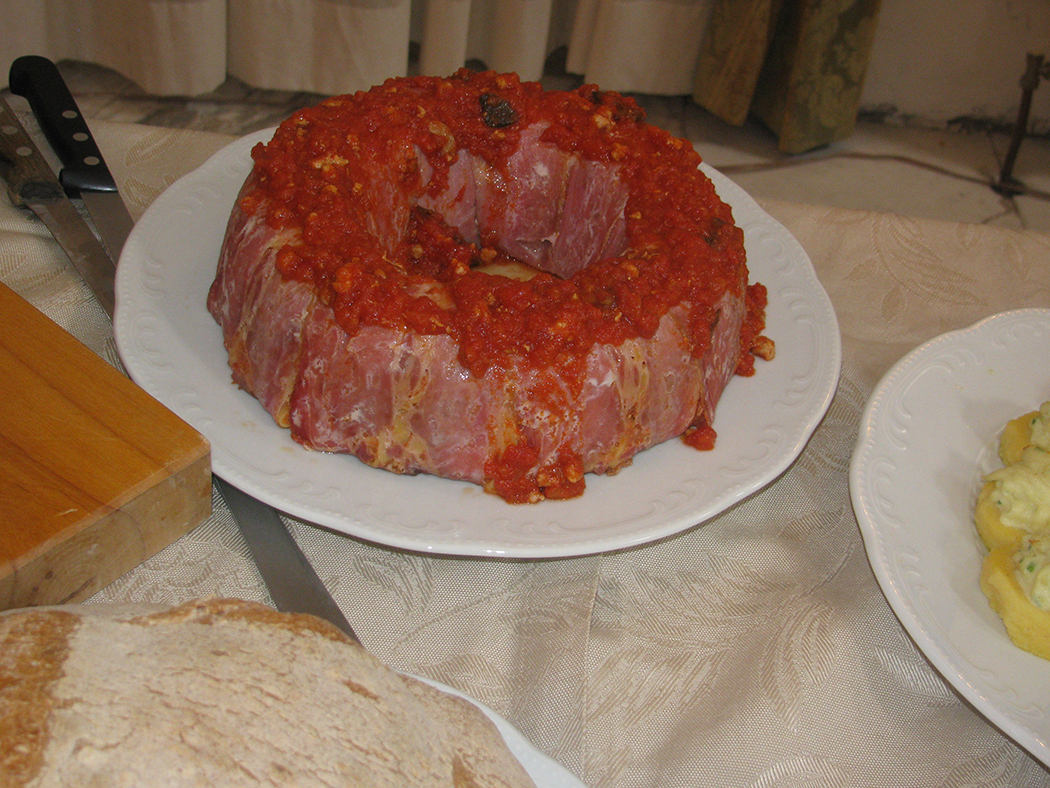

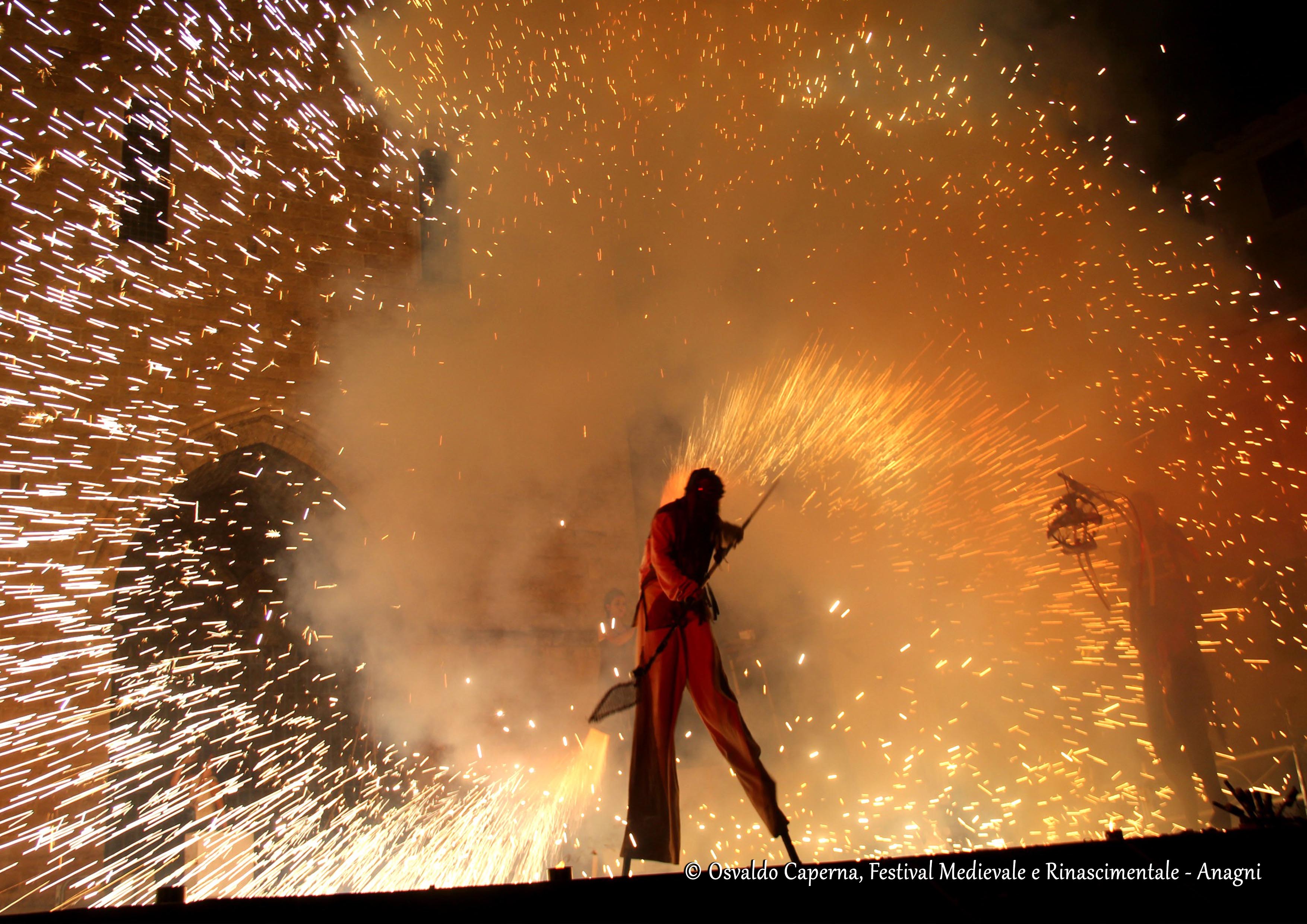
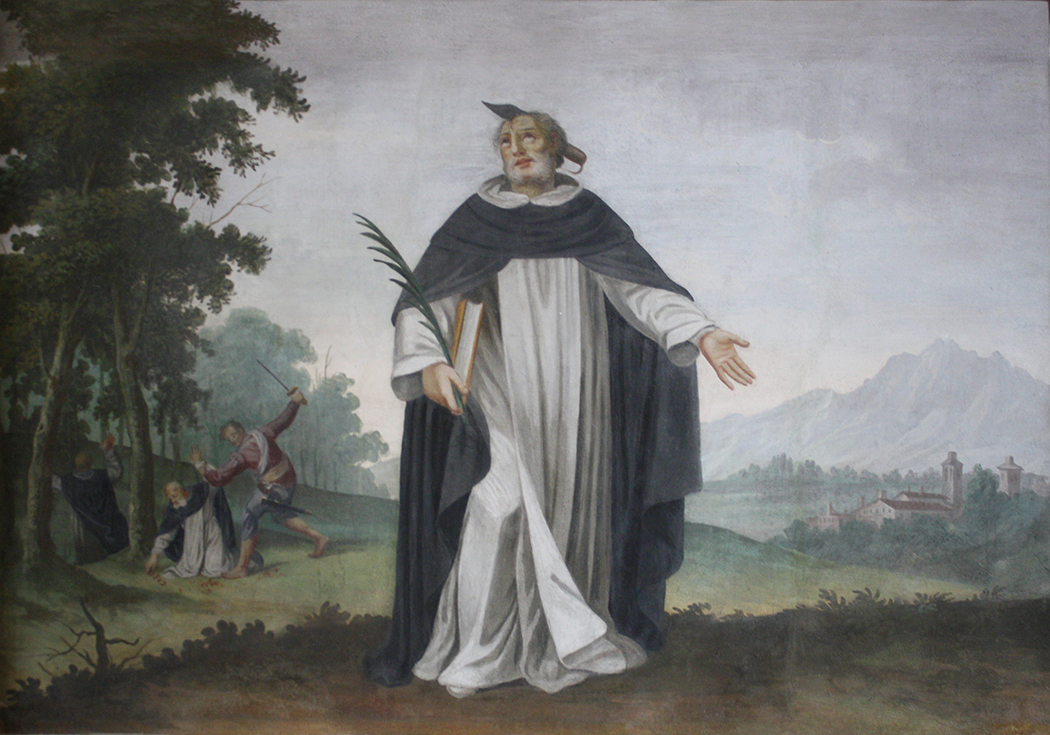

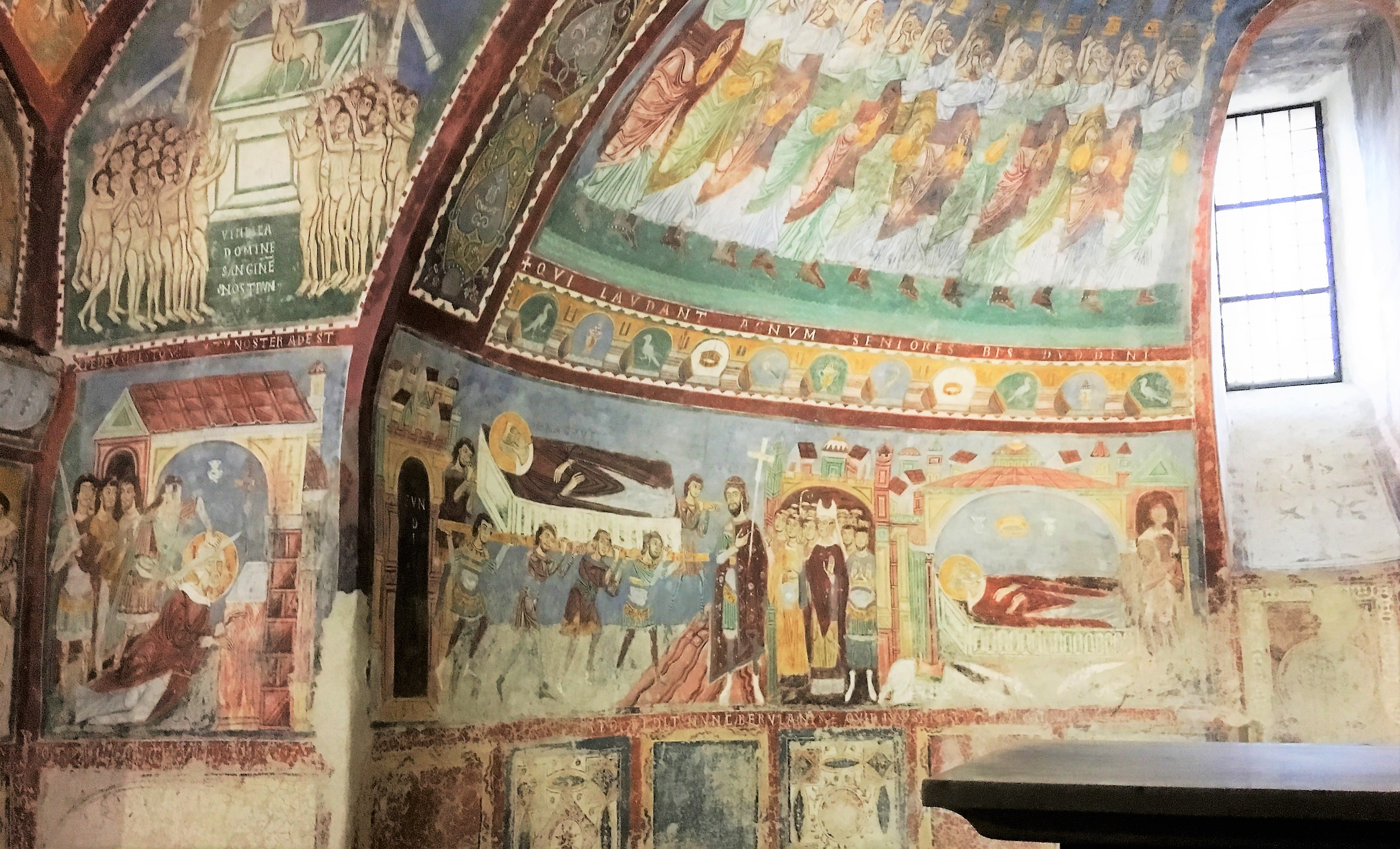



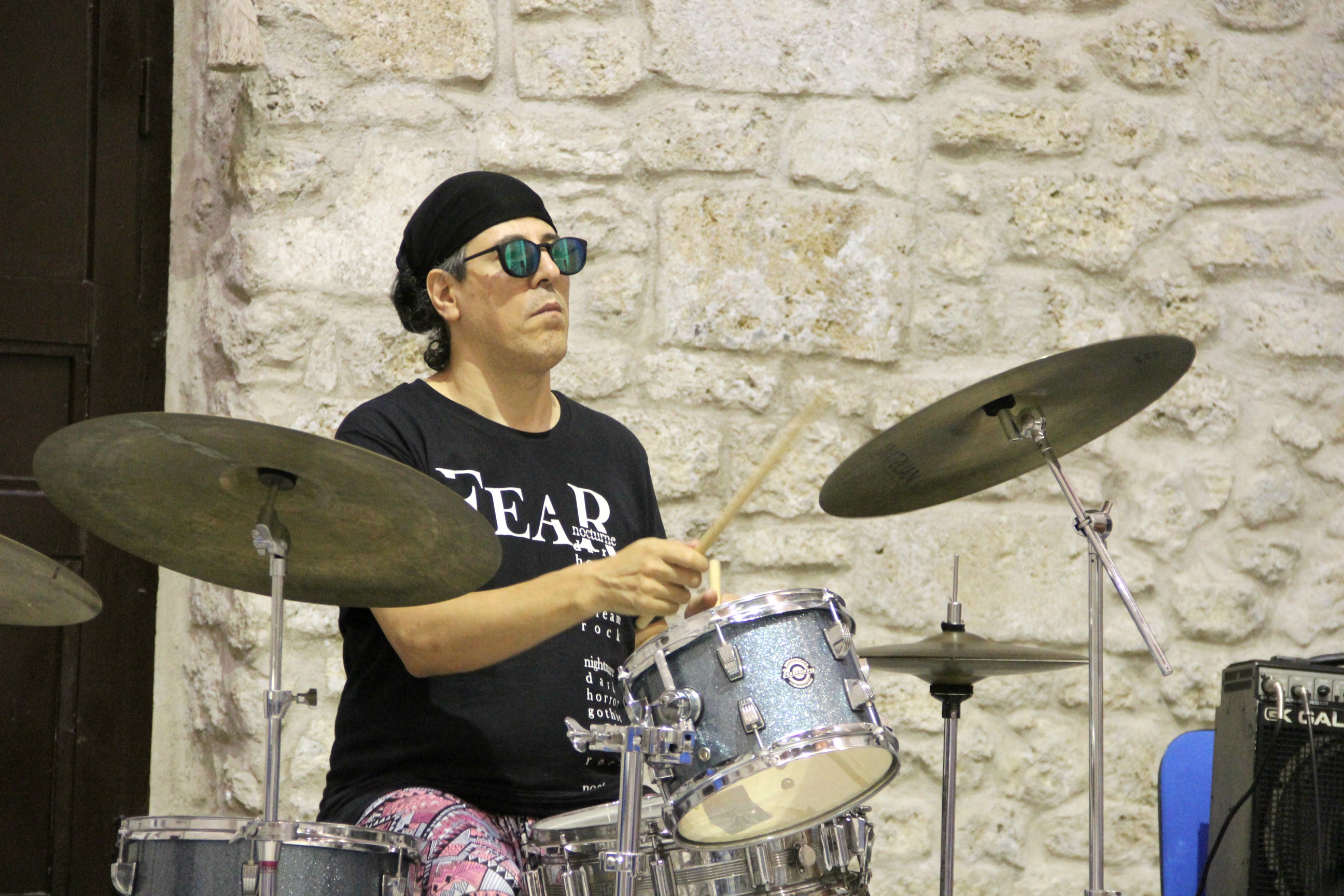
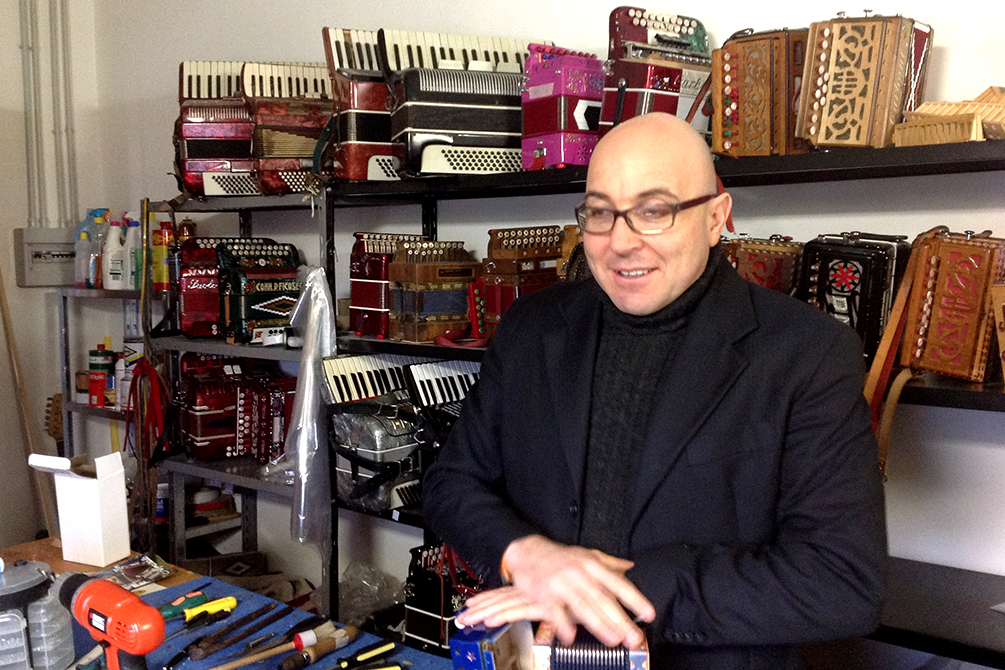

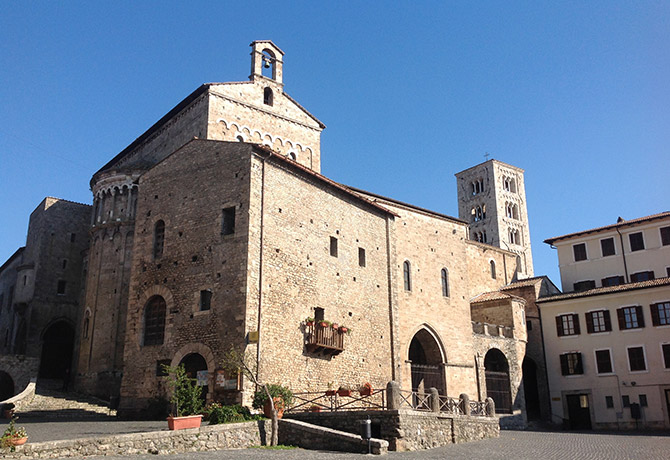






Follow us